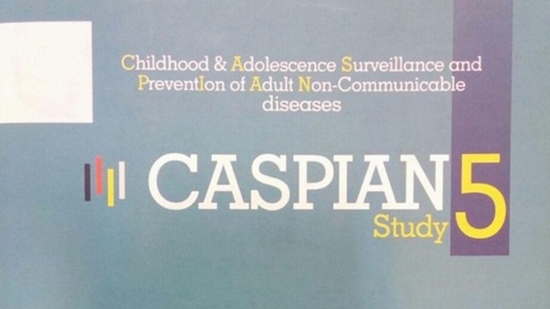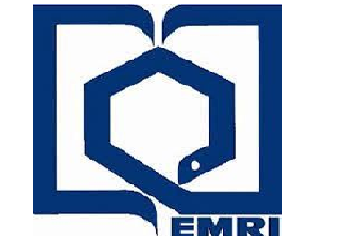Methodology and early findings of the fourth survey of childhood and adolescence surveillance and prevention of adult non-communicable disease in Iran: The CASPIAN-IV study
The fourth survey of the surveillance system named “childhood and adolescence surveillance and prevention of adult non-communicable disease” (CASPIAN-IV study), was conducted among a national representative sample of Iranian students. This paper describes the methods and early findings of this survey.

Background:
The fourth survey of the surveillance system named “childhood and adolescence surveillance and prevention of adult non-communicable disease” (CASPIAN-IV study), was conducted among a national representative sample of Iranian students. This paper describes the methods and early findings of this survey.
Methods:
This nationwide school-based study was conducted in 2011-2012 in 30 provinces of Iran among 13,486 students, 6-18 years (6640 girls, 75.6% from urban areas) and one of their parents.
Results:
Mean age of students was 12.5 years. Based on the World Health Organization growth curves, 12.2% were underweight, 9.7% overweight and 11.9% were obese. Abdominal obesity was observed in 19.1% of students. The dominant type of cooking oil in urban families was liquid oil and hydrogenated fat (39% and 32%), most rural families used hydrogenated fat (53%), respectively. A total of 18% of students had at least 30 min of daily physical activity; 41% of students used computer in weekdays and 44% used it in weekends. Almost 34.5% of students reported to have at least one cigarette smoker and 21.5% reported to have a waterpipe smoker in their relatives. Moreover, 20.3% of students reported that they had suffered an injury needing the help of school health providers during the year prior to the study.
Conclusions:
Current evidence on the health risky behaviors among Iranian children and adolescents confirms the importance of conducting comprehensive surveillance surveys to identify health risk behaviors. Data of this survey and the trend of variables provide necessary information for health policy makers to implement action-oriented interventions.





ارسال به دوستان